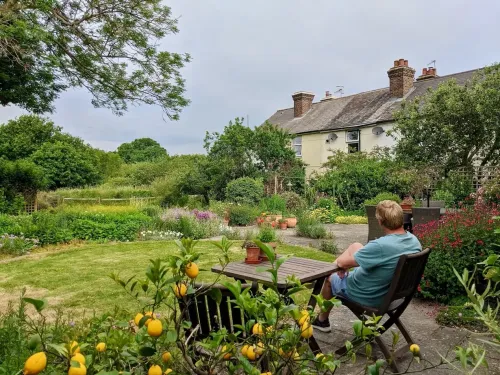
How to create a garden for people and wildlife
Volunteer Wild About Gardens Advisor Penny Brook takes us on a journey through her garden to share how they create a flower-filled haven for both people to relax and wildlife to flourish.
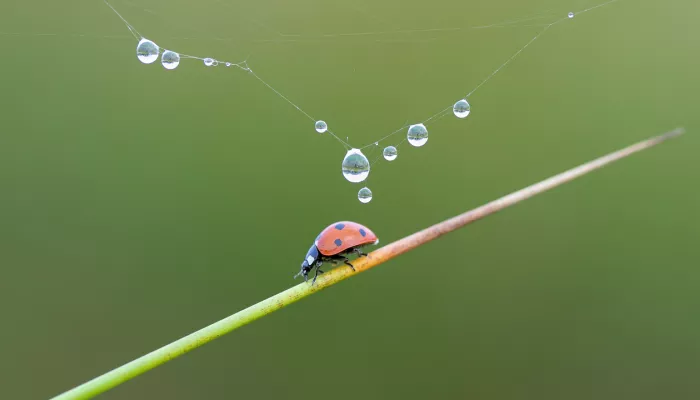
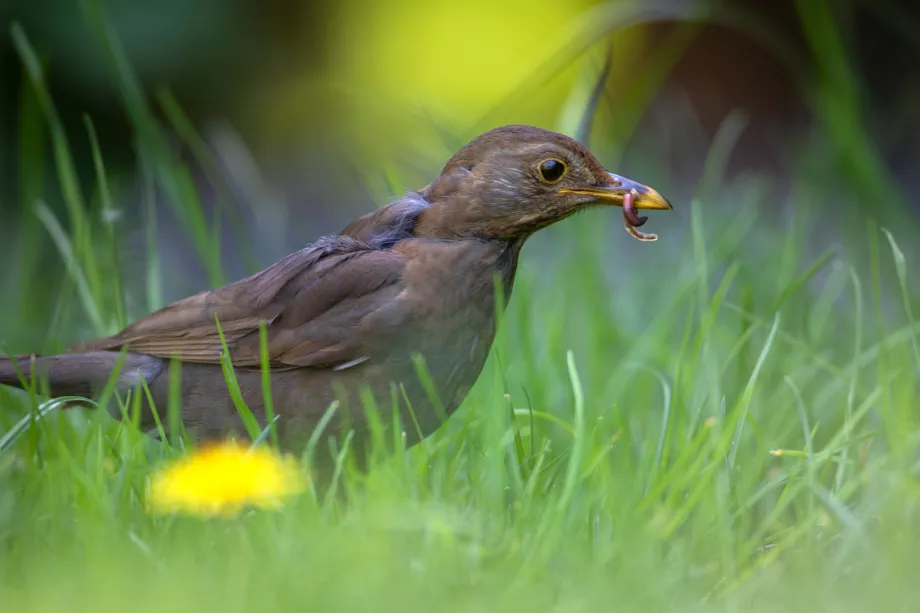
© Jon Hawkins
Many insects are also predators in their own right. With more than 4,000 species of beetle in the UK, there are plenty you could find in your garden. One of the most familiar is the ladybird – though there are many different species of ladybird in the UK. Ladybirds are voracious predators. Both adults and larvae feed on aphids, which can be found on all manner of plants. If you’ve got a flower-filled patch of long grass in your lawn, there’s a good chance you’ll find ladybirds roaming in it.
Some predatory beetles are harder to spot. At just 2-3cm long, a violet ground beetle might not seem that fearsome, but to slugs, snails, and other invertebrates these beetles are bad news. They spend the day lurking under logs, beneath bark, or in the soil. At night they emerge to prowl around the garden, on the hunt.
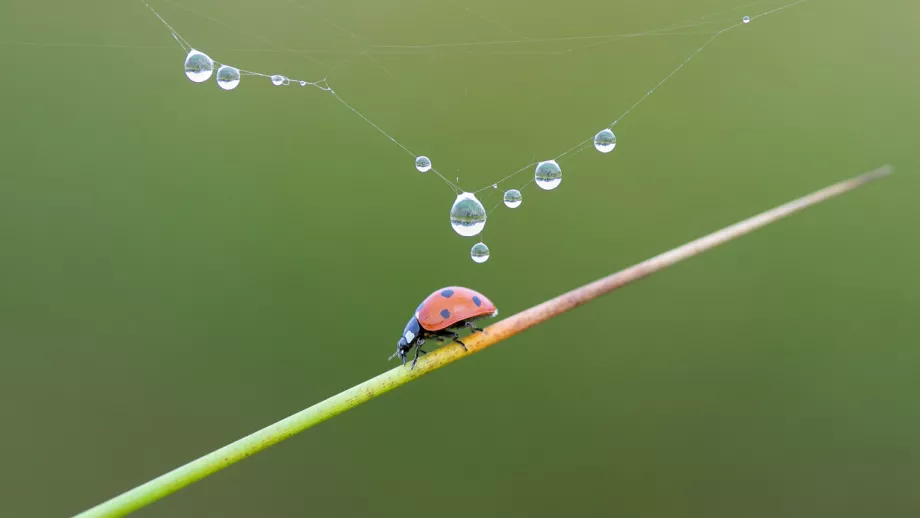
© Jon Hawkins
We tend to think of amphibians like frogs, toads, and newts as pond creatures. Water is essential for their lifecycle, but as adults they spend a lot of their time on land. Patches of long grass provide them with both shelter and a hunting ground. The tall grass hides them from predators, as well as trapping moisture that helps prevent amphibians from drying out in warm weather. It’s a home with a well-stocked larder, as these conditions are also perfect for the worms, slugs, spiders, and insects they like to eat.
These are just a few of the predators that could be prowling your lawn. The wilder your lawn, the more life it’s likely to support. Try letting some patches grow longer, and allowing wildflowers to flourish even on the shorter sections.
For more tips and advice on bringing your lawn to life make sure to visit one of our open garden events this Spring/Summer.
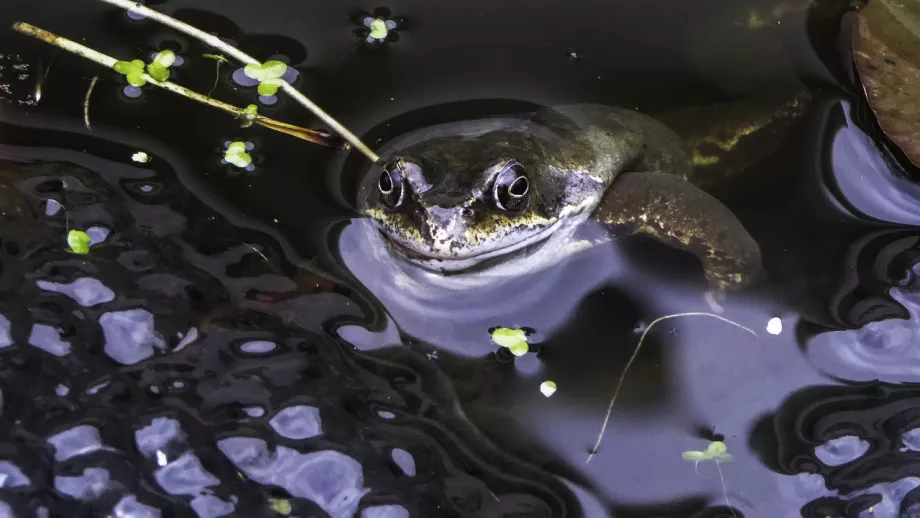
© Mark Robinson

Volunteer Wild About Gardens Advisor Penny Brook takes us on a journey through her garden to share how they create a flower-filled haven for both people to relax and wildlife to flourish.
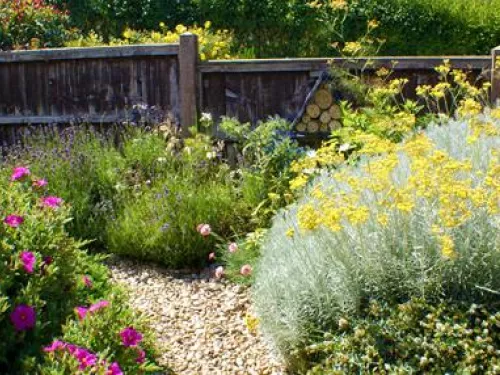
Wild About Gardens Officer Ellen Tout shares how we can all turn our gardens into wildlife havens with these top tips.
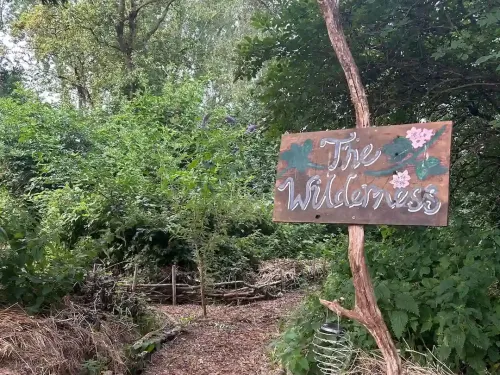
This blog about garden wilding is written by Sally Edge, the owner/founder of Langdon Court, where we will host an open garden for the third time in 2025!